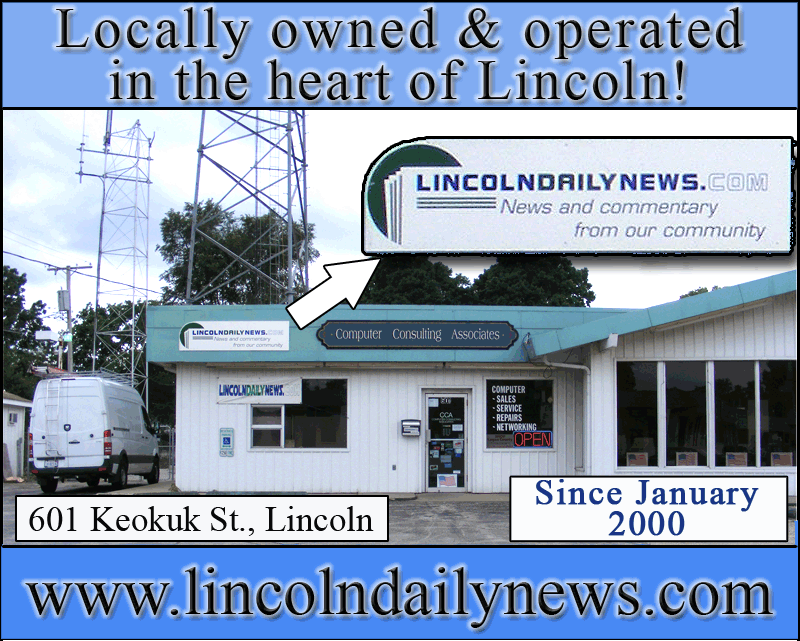 |
|

 Big Hubble instruments now Smithsonian artifacts
Big Hubble instruments now Smithsonian artifacts
[November 19, 2009] WASHINGTON (AP) -- Two instruments that helped save the Hubble Space Telescope from failure in 1993 were recently returned to Earth and are going on display at the Smithsonian's National Air and Space Museum.
|
The first phase of a new human spaceflight gallery opens Thursday at the museum on the National Mall. The new "Moving Beyond Earth" gallery leaves plenty of room to add new artifacts in the coming years as NASA retires the space shuttle program. After the current mission, only five missions remain. The two large instruments on display from Hubble, each weighing more than 600 pounds, provided critical repairs to flaws in the telescope's eye that could have doomed the project. "They're a lot lighter in space than they are down here. You can handle them with one hand," said astronaut John Grunsfeld, who flew on three Hubble repair missions and made eight spacewalks. "That's the magic of being in free fall." The Corrective Optics Space Telescope Axial Replacement, or COSTAR for short, was part of an emergency Hubble repair in 1993 after scientists discovered the telescope's primary mirror was flawed, making images blurry. It was retrieved during a Hubble makeover in May and will be on long-term display at the museum. The world's most visited museum is remaking its human spaceflight gallery with new interactive displays on the shuttle, space stations and future missions to the moon and beyond. NASA's persistence in fixing Hubble allowed the telescope to make history, said Dr. Edward Weiler, Hubble's longtime chief scientist and now an associate NASA administrator. "For the first time in human history, it showed that super massive black holes a billion times larger than the mass of our sun weren't just 'Star Trek' fantasy but were scientific reality," he said. "You only get to do that once." Combined with advancements from the second piece on display, the Wide Field Planetary Camera 2, the repairs "turned the Hubble into a great American comeback story," Weiler said. A more advanced James Webb Space Telescope that could shed more light on how the universe was formed is set to be launched in 2014 on a European rocket. "If humans would like to know how it all began, how the universe started to get itself together," Weiler said, "we're going to have to do something far beyond Hubble." Scientists and curators said Hubble has touched many parts of society. Weiler said it provided images of the universe for possibly every science and astronomy textbook around the world. After a major overhaul in May, Hubble could last another five to 10 years, NASA has said. The nation could have given up on Hubble but instead worked hard to fix it, said museum director Gen. J.R. "Jack" Dailey. "We have to be severely challenged before we start paying attention," he said. "That's part of the problem with the space program today. There's no urgency. There's no competitor out there that's pressing us to the point where we say ... 'We've got to get to Mars' -- because who else is going to do it?" ___ On the Net: Smithsonian National Air and Space Museum: http://www.nasm.si.edu/ |



